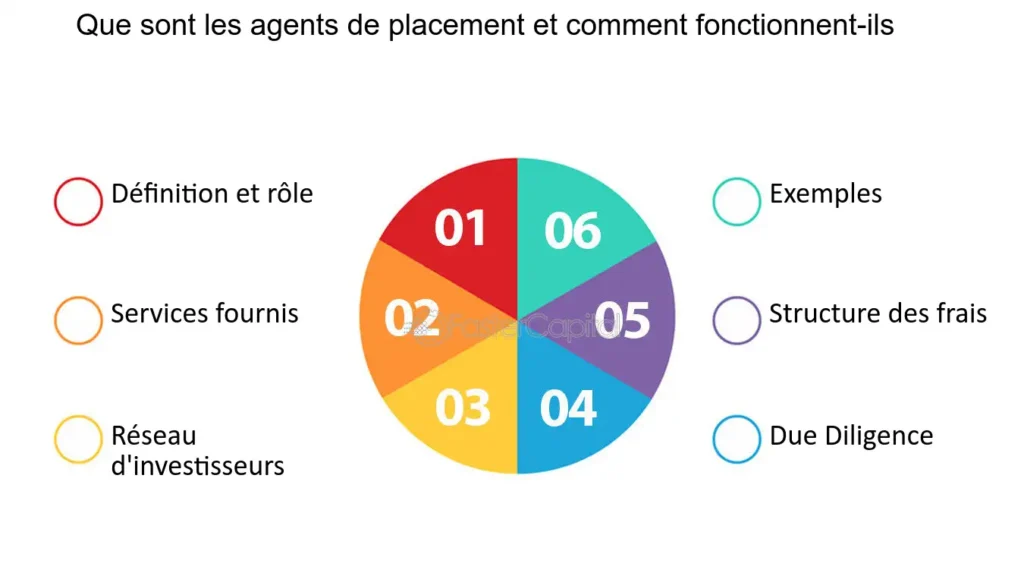In the dynamic world of marketing, the quest to acquire and retain customers is more of a priority than ever. In this light, the lead management presents itself as an essential strategy for any company wishing to optimize its sales efforts. But what does this actually entail? THE lead management encompasses a set of methods aimed at identifying, qualifying and converting potential contacts into loyal customers. It is a structured process, from initial lead capture to transforming them into buyers, while taking into account their specific behavior and needs.
To succeed, it is essential to put in place tools adapted, such as customer relationship management (CRM) software, which makes it possible to centralize information and automate certain tasks. At the same time, developing a robust nurturing strategy will ensure that each lead receives the information and attention necessary to progress in the sales funnel. So how do you go about becoming a master of lead management and turn every opportunity into success? Let’s explore together the different strategies and tools that make the difference.
In a world where competition is increasingly fierce, the lead management is crucial for any business looking to grow its customer base. But what does this actually entail? This notion goes beyond the simple collection of information. It encompasses a set of strategic processes that transform potential contacts into loyal customers. Ready to explore this fascinating area? Let’s dive into the heart of strategies and tools which make lead management so essential.
Table des matières
ToggleDefinition and process of lead management
THE lead management is a management process, which begins from the moment a prospect interacts with your brand, until they become a loyal customer. This includes the collection, qualification, and monitoring of leads. According to a study by HubSpot, 79% of leads never convert into sales simply because the company doesn’t follow up on these contacts effectively. Thus, the foundation of good lead management rests on the identification and engagement of prospects through suitable strategies.
At the heart of the process are various key stages: lead generation, there qualification, there nurturing (or maintenance) and conversion. A striking example comes from a B2B software company, which managed to reduce its customer acquisition cost by 30% by implementing a well-designed lead management system. Thanks to automation, it was able to quickly capture and qualify leads, thus promoting much higher conversion rates.
Effective lead management strategies
Create an SLA (Service Level Agreement) is essential for collaboration between marketing and sales teams. This document clearly sets out expectations for handling leads. A recent analysis showed that businesses that use an SLA experience a 50% increase in sales. It is therefore crucial to establish clear protocols for lead tracking.
A automation Effective lead capture is also essential. Many CRM tools modernize this step. For example, platforms like HubSpot and Salesforce allow you to centralize information about prospects, making them easier to manage. By integrating these tools, companies not only strengthen their productivity, but also improve the quality of the customer experience. A report from the team at SalesForce indicates that companies that automate their lead management process see a 14.5% increase in sales productivity.
There lead prioritization is an essential strategy. It’s not just about generating a large number of leads, but rather focusing on the contacts who are most likely to convert. Methods like lead scoring allow you to assign values to leads based on various metrics. For example, a potential customer who has visited your website several times and downloaded a white paper will likely be more interested than someone who has only made a first click. One study reveals that businesses that use lead scoring tend to see an increase in conversion of up to 80%.
Essential tools to optimize lead management
To navigate the complex world of lead management, several tools prove to be extremely useful. THE CRM (Customer Relationship Management) is arguably the most essential tool. It centralizes all lead information in one place, making analysis and segmentation simpler. A report of CRM software indicates that companies using a CRM improve their customer satisfaction rate by 33%.
THE marketing automation tools, like Mailchimp or Sendinblue, make it easy to send personalized and targeted communications. These platforms make it possible to send emails adapted based on prospects’ previous actions, thus making each interaction more relevant. Additionally, these tools can also integrate analytics features to track customer behavior over time.
In terms of advanced analytics, businesses can turn to software business intelligence to collect meaningful data from prospects’ interactions with their brand. By cross-referencing this information, it is possible to identify — with increased precision — which customer segments are the most profitable. For example, companies that invest in advanced analytics tools often see significantly faster sales growth compared to their competitors.
Finally, sales support software, such as Open-Lead, help build a solid customer engagement strategy. These solutions allow a more human and personalized approach with your prospects, taking into account the preferences and behaviors of each individual.
In conclusion, the lead management is essential for exploring, understanding and converting prospects into solid customers. Thanks to suitable strategies and tools, each company can optimize its process and, consequently, improve its turnover. The importance of effective lead management has never been more crucial, and it must be a priority for any business wanting to grow and thrive in the digital age.

FAQ: Understanding Lead Management
What is lead management? THE lead management is a process that helps manage prospects from their first interaction with the brand to their conversion into customers. This includes collecting, qualifying and tracking leads.
Why is lead management important? It is essential to optimize the sales process, to improve the conversion of prospects into customers and to maximize the return on investment of marketing campaigns.
What tools are used for lead management? Commonly used tools include CRM (Customer Relationship Management), marketing automation software and lead scoring to evaluate the quality of leads.
How to set up an effective lead management process? It is crucial to establish clear objectives, automatically capture leads using online forms and track prospect interactions with personalized content.
What is lead nurturing? THE lead nurturing refers to the process of continuously communicating with leads, providing relevant information and content to guide them on their buying journey.
What advice would you give to improve lead management? It is recommended to create ALS (Service Level Agreements), automate lead capture and prioritize leads based on their level of engagement.
What role does automation play in lead management? L’automation helps streamline the process of capturing and tracking leads, saving time and increasing the effectiveness of marketing campaigns.
How to evaluate the effectiveness of a lead management strategy? This can be done by measuring key indicators such as conversion rate, cost per acquisition and the quality of leads from different sources.














